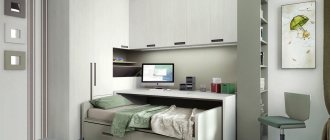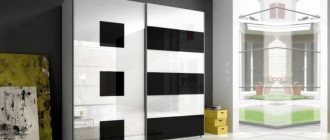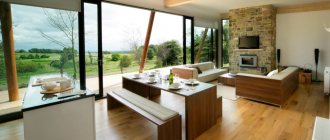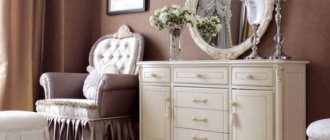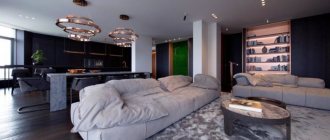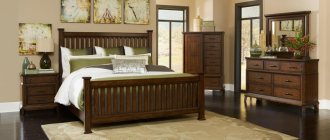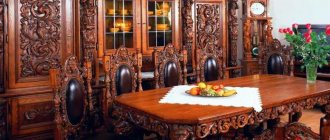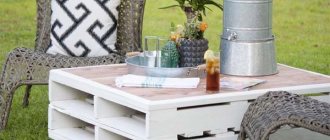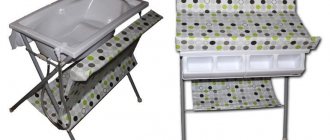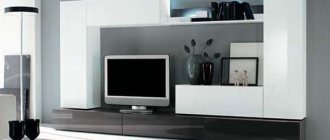9475
One of the most profitable solutions for the interior of a house, apartment or office is furniture with forged elements. It is durable and fits harmoniously into most styles. Each item is a unique work of art, made by hand. Beautiful forged furniture in the interior
associated with rich decoration, it dominates the decor of the room.
Photos of forged hallways
Recommendations from the designer
- Sliding wardrobe in the hallway - built-in models, modern design and features of using built-in wardrobes (120 photos and videos)
Table in the hallway: 110 photos of examples of beautiful design and tips for choosing the optimal table size
- Mirror in the hallway - 85 photos of the best modern ideas for use in hallway interior design
Read here! Chandelier in the hallway - stylish and beautiful ideas, tips for choosing and using chandeliers (105 photos)
Please repost
0
History of the use of forging in the interior
Craftsmen began forging different types of products for decorating rooms and facades back in the Middle Ages. But at this time, special importance was not attached to the originality of designs. For example, they were characteristic of the Romanesque style in the design of architectural buildings. True, they were used to a greater extent due to reliability and durability. From the 17th century, balcony railings and staircase railings began to become thinner and complemented with various decorations. They were often decorated with thin silhouettes of vases and grapevines. This trend came from the Greeks. Later, each type of furniture, decorations is improved according to popular trends. They were used mainly for decorating homes and residences of famous people. For example, many Romanov palaces are framed by unique lattice fences with various patterns. Such designs have survived to this day and are used as examples to follow.
Classification
The wide range of applications of forged furniture directly affects its classification. Interior items vary according to the method of use and type of construction. These nuances must be taken into account when choosing products.
Scope of application of concrete furniture, indoor and garden placement
By method of application
Based on this feature they distinguish:
- Options for the home. They use a wide variety of forged furniture: a bed, a dressing or coffee table, tables and chairs, shelves, shoe racks, clothes hangers, flower stands. In addition, sofas, armchairs, chests of drawers, and cabinets with individual metal parts are in demand. In this case, the material can be combined with wood, MDF, fabrics, leather, and soft parts.
- Furniture for the garden. Forged gazebos, benches combined with wood, tables, chairs on the terrace go well with openwork metal railings for the stairs and garden decor. Typically, more budget-friendly country furniture is used.
- Office furniture. Simple, laconic forging items are traditionally installed here, without any special decorative load. These can be elements of tables, chairs, shelves, clothes hangers, press stands.
- For catering establishments. Depending on the chosen style, bar counters, tables, chairs, and clothes hangers are used. It is important that such furniture is non-traumatic, strong, and durable.
- City (street). This type includes pieces of furniture used in gardens, parks, squares, alleys, boulevards. Usually these are benches that are combined with forged lanterns and urns. It is especially important here that the products are as resistant to mechanical and atmospheric influences as possible and are highly durable.
In addition, there is functional and decorative wrought iron furniture. The first is used for its intended purpose. The other does not play a practical role, imitates pieces of furniture, and is suitable for decorating cottages, gardens, and parks. This category also includes products that you can do without: jardinieres, stands, mirror frames, etc.
For the dacha
For home
For cafe
Office
street
By type of design
According to the type of construction, furniture can be solid-forged and with individual hand-forged or industrially forged parts. The distinctive features of the first type are:
- significant weight;
- strength, resistance to various influences;
- no weld seams;
- high price.
Materials for creating furniture and methods of decorating them
Signs such as the presence of small dents and flattened edges indicate handmade work. Typically, such items are made to order. These can be tables, chairs, benches, beds and other products that decorate the interior.
Products using individual forged elements are more common. They are cheaper, more practical, and functional. Their features are considered:
- interesting openwork decor, drawings, metal ornaments;
- combination with other materials: wood, textiles, leather;
- connecting elements to each other using clamps and welding.
Due to the fact that furniture made from individual forged parts has joints, it is less durable than solid furniture. However, any metal element will last longer than MDF or plastic and will add elegance and sophistication to the set.

